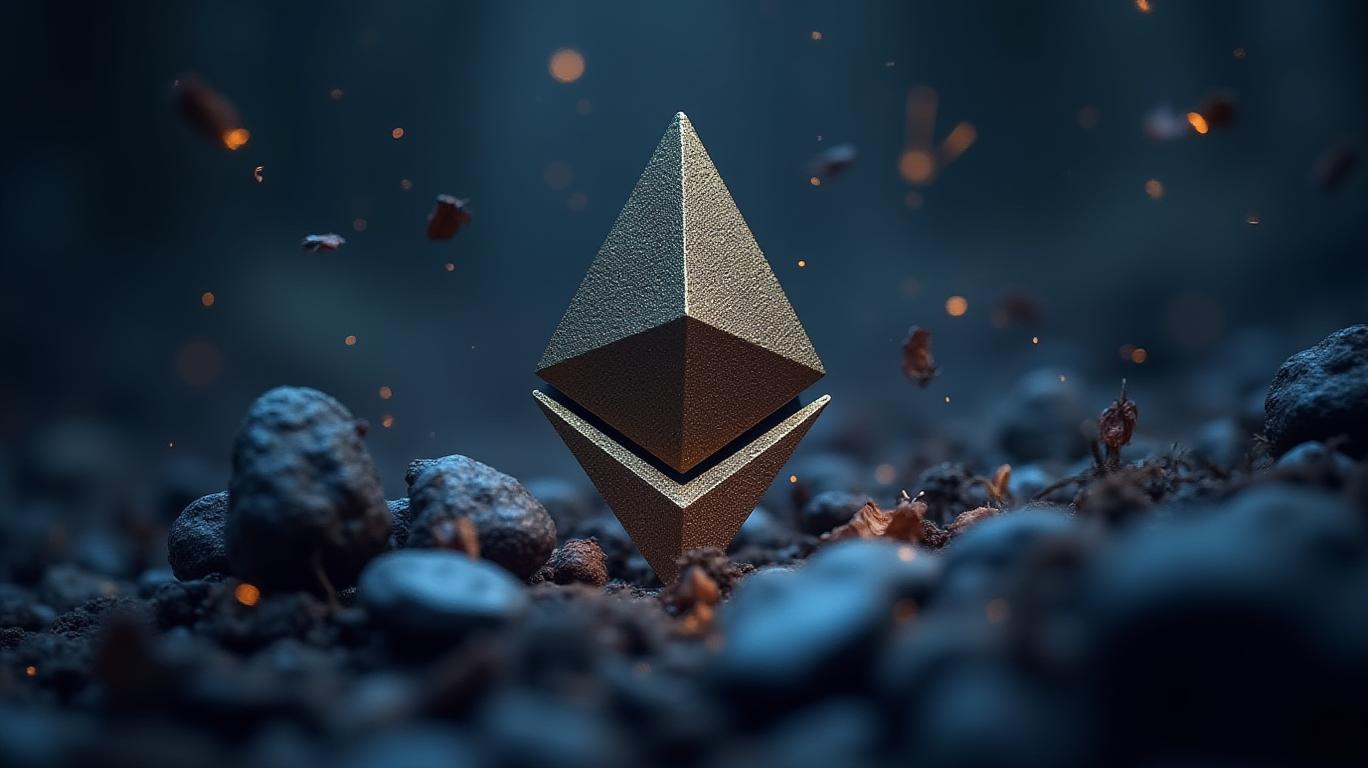Ethereum's Price Stagnation Below $1,900 Reflects Cautious Sentiment Amid Upcoming Upgrade
Ethereum (ETH) has been trading below $1,900 since March, causing investors to question the future of the leading altcoin. The failed attempt to reclaim $4,000 in December 2024 has raised concerns about ETH's price outlook, with derivatives market data indicating that professional traders remain cautious. The ETH monthly futures premium, which should trade at a 5% or more premium compared to spot markets, has held below the neutral threshold, reflecting this hesitancy.
Part of the lack of enthusiasm for ETH stems from the United States government's classification of Ether alongside other altcoins in the “Digital Asset Stockpile” Executive Order on March 6. This decision by the Trump administration to exclude altcoins from its “Strategic Reserve” has dampened investor sentiment. Additionally, ETH's market capitalization dropped below the combined value of its four largest competitors—Solana (SOL), BNB, Cardano (ADA), and Tron (TRX)—for the first time in April 2025. Despite rebounding from lows near $1,400, ETH's total market capitalization now stands at $217 billion, which is enough to surpass the combined value of its four main competitors. However, unless ETH consistently outperforms these rivals, sentiment is unlikely to improve.
The upcoming ‘Pectra’ network upgrade on May 7 could potentially boost investor sentiment. This upgrade might renew investor interest by closing
with some of its competitors and introducing staking mechanisms designed for institutional investors. Historically, Ethereum upgrades have often been associated with brief spikes in ETH’s price. However, current derivatives data does not reflect a strong bullish outlook, indicating that professional traders are still hesitant to open new positions.Ethereum's decline has also coincided with weak demand for the Ethereum spot exchange-traded fund (ETF) in the United States. Despite ETH’s price rising from $2,400 to $4,000 between October and December 2024, institutional interest was lacking. In contrast, Bitcoin ETFs saw assets more than double, growing from $50 billion in October 2024 to $110 billion currently. This lack of institutional interest in ETH ETFs further highlights the cautious sentiment among professional traders.
Although Ethereum remains dominant in terms of total value locked (TVL), it has struggled to match Solana’s integrated user experience or Tron’s dominance in the stablecoin sector. Traders appear uninterested in Ethereum’s higher decentralization or improved security, especially for activities involving frequent deposits and withdrawals, where layer-2 solutions provide limited benefits. The absence of demand for leveraged bullish ETH positions does not necessarily mean that professional traders expect further price declines. If whales and market makers were unwilling to offer downside protection, this would be reflected in the ETH options markets, signaling increased risk of a market downturn.
Contrary to some expectations, put (sell) options are trading at levels similar to call (buy) options. Notably, professional traders are now more comfortable with downside risks than they were two weeks ago. While ETH derivatives are not signaling strong bullish sentiment, they also do not suggest that professional traders are worried about further declines at current price levels. This cautious optimism indicates that traders are beginning to show interest in ETH’s $1.8K level, with the potential for renewed investor confidence as the ‘Pectra’ upgrade approaches.


Comments
No comments yet